Taiwan, Invasion & Trade, Part 2
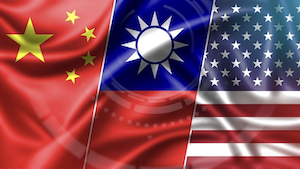
President elect Lai Ching-te’s victory in Taipei ignited tensions across the Taiwan strait and now the geopolitical field waits to see if China will kick off World War Three. I’m only slightly joking, but Beijing has exerted diplomatic pressure on nations maintaining close ties with the island in the past and Taiwan’s decision to remain a democracy will no doubt ramp up China’s reunification process in the coming months. But how will that affect trade relations?
Hot Topics in International Trade with Kerry Wang
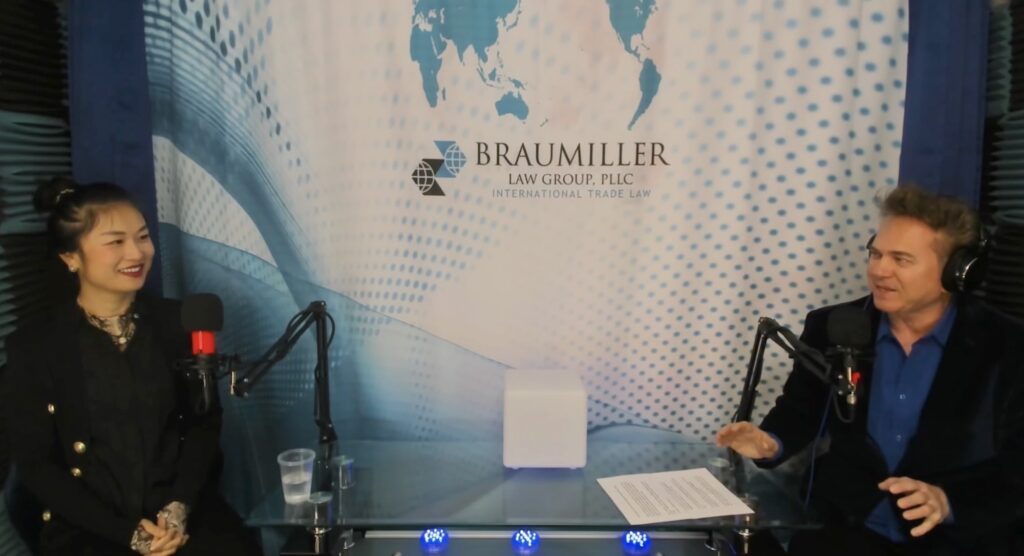
Hot Topics in International Trade. Bob Brewer, VP of Marketing, Braumiller Law Group sits down with the newest member of the team, Senior Associate Attorney, Kerry Wang. Kerry was born and raised in China, and is licensed to practice law in China as well as CA. She also spent 5 years in medical school in China, got to her residency, and decided to become an international trade attorney instead. (UCLA here in the states) Smart lady!
Forced Labor Enforcement
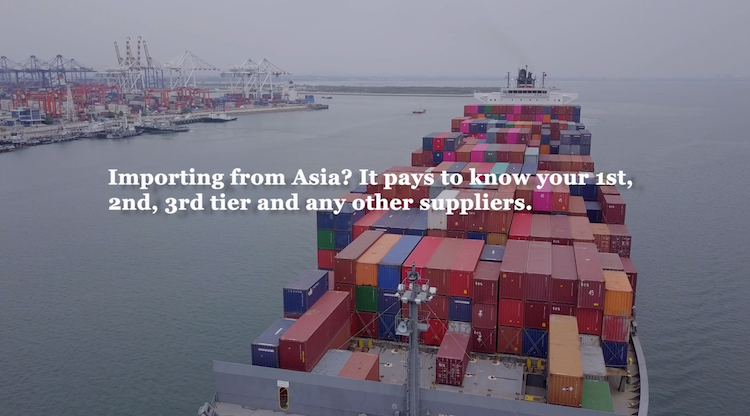
Approximately 5000 shipments were detained by customs during FY 2023 due to Forced Labor enforcement. Anything manufactured wholly or in part in the Xinjiang Uyghur Autonomous Region of the People’s Republic of China, or produced by certain entities, is prohibited by section 307 of the Tariff Act of 1930 from entering the U.S. If you are importing from Asia it pays to know your first, second and third tier and any other suppliers. Detentions can be disruptive and expensive. We take a proactive approach.
The Frictionless Supply Chain Podcast with Adrienne Braumiller

Rosemary Coates interviews Adrienne Braumiller for an in depth conversation about the Uyghur Forced Labor Protection Act and the stress caused on global supply chains.
Latest Developments with The Uyghur Forced Labor Prevention Act and New Leadership at the Department of Homeland Security Signal Heavier Enforcement is Likely

In recent years, the global spotlight has illuminated the grave concerns surrounding human rights violations within China’s Xinjiang region, particularly those impacting the Uyghur population. The Uyghur Forced Labor Prevention Act (UFLPA) stands as a pivotal piece of legislation designed to address these concerns and to ensure that products imported into the United States are devoid of forced labor originating from the Xinjiang region.
U.S. Trade, Nearshoring & China Mexico is Becoming a Popular Manufacturing Destination
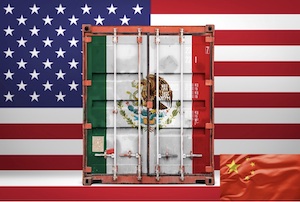
The implementation of trade policies in what many consider acts of protectionism and manipulation are the norm, and of course China and the U.S. are a prime example. Solutions include nearshoring, reshoring, and protectionism. It’s complicated, so for the purpose of this article, let’s stick with nearshoring.
IMMEX
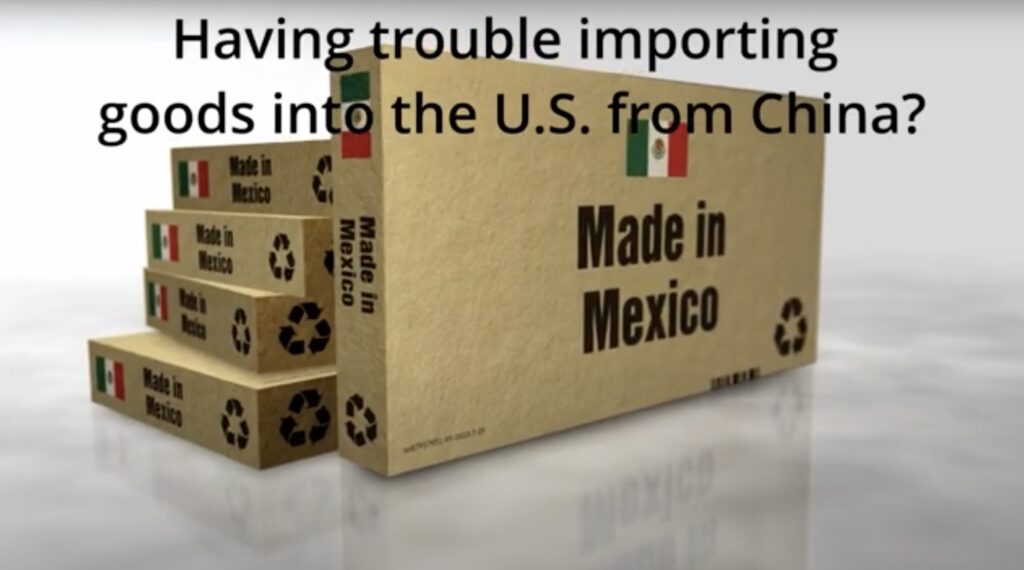
Companies moving from Chinese to Mexican suppliers need to navigate IMMEX. Braumiller Law Group can help.
Forced Labor Goods from the Uyghur Region in China through Malaysia

Companies try to shield detection of forced labor goods from the Uyghur Region in China by shipping through Malaysia to avoid accurately reporting the country of origin. Adrienne Braumiller discusses the importance of tracing your supply chain to avoid violating forced labor laws.
Hot Topics in International Trade: Deep Thoughts by Bob

Bob Brewer discusses international trade and an upcoming meeting between President Biden and China’s President Xi Jinping. He discusses the Chinese threat to Taiwan and whether Xi will take lessons from Putin and is invasion of Ukraine.
Hot Topics in International Trade: Anti-dumping and Countervailing Duty #004
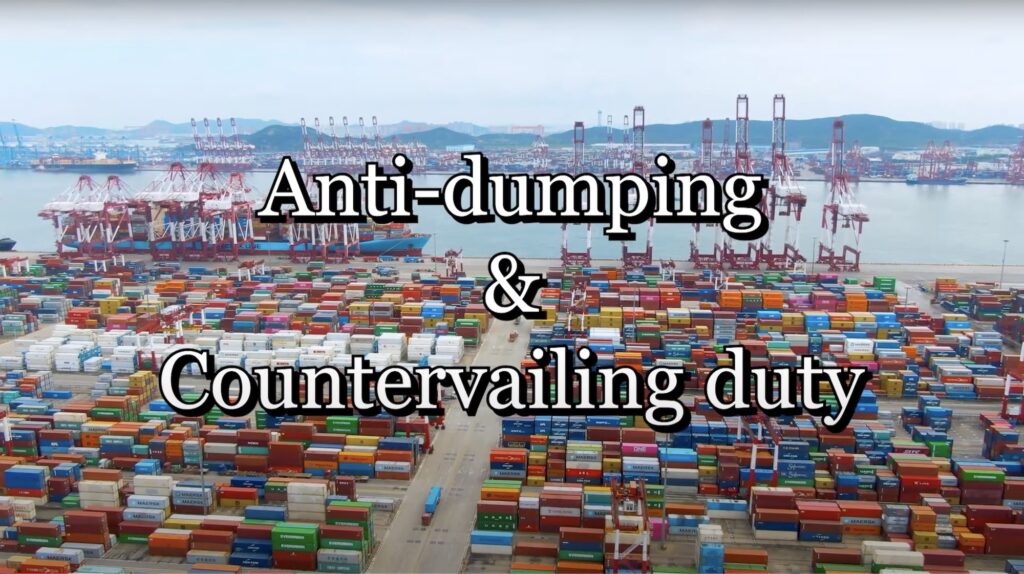
Harold Jackson discusses China, anti-dumping and countervailing duty. Impacts on products such as steel and aluminum are discussed and how China has increased production of metals that are cheaper than those manufactured in the U.S.. He discusses the sizes of associated dumping rates that are used to protect domestic industries.
